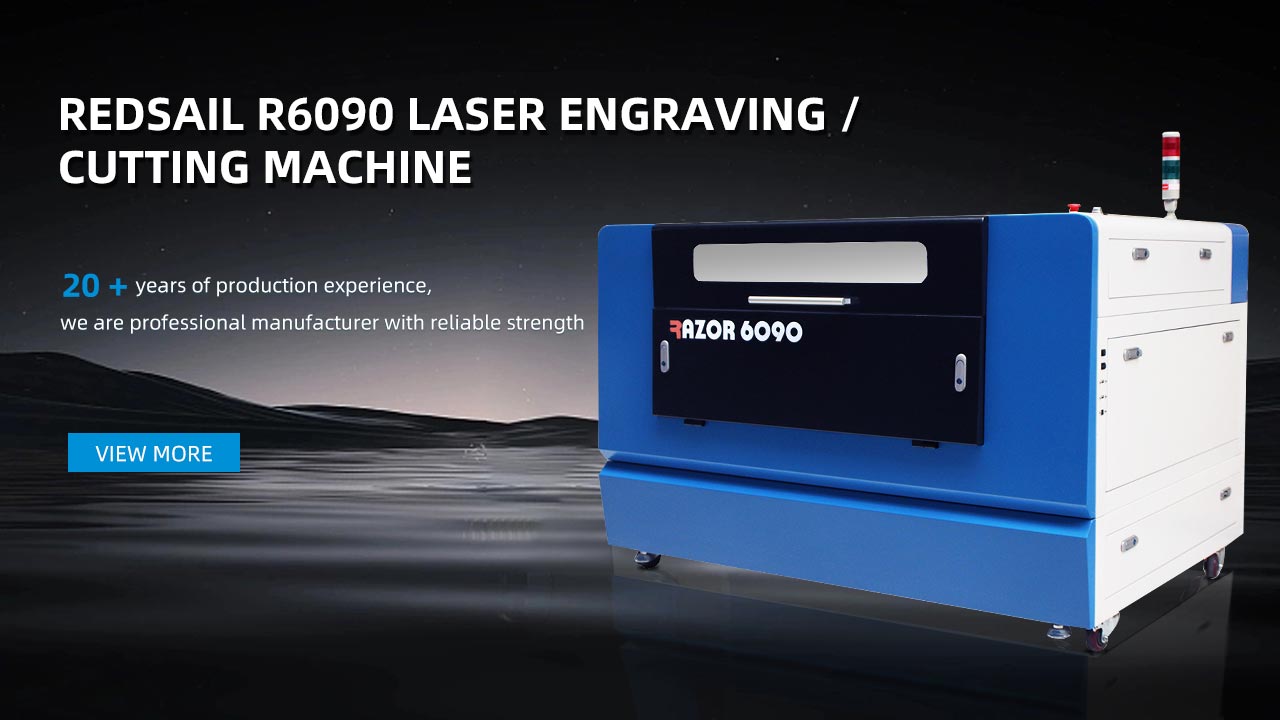Take Your Crafting to the Next Level with a DIY CO2 Laser Cutter Kit
Do you have a passion for crafting? Are you looking for a way to take your projects to the next level? If so, a DIY CO2 laser cutter kit may be the perfect solution for you.
A CO2 laser cutter is a powerful tool that can be used to cut and engrave a variety of materials, including wood, plastic, metal, and even glass. With a DIY CO2 laser cutter kit, you can create intricate designs and patterns with ease.
In this article, we’ll discuss the benefits of using a DIY CO2 laser cutter kit, the different types of kits available, and how to get started with your own laser cutter.
What is a DIY CO2 Laser Cutter Kit?
A DIY CO2 laser cutter kit is a set of components that you can assemble to create your own laser cutter. The kit typically includes a laser tube, power supply, laser head, and other components.
The laser tube is the most important component of the kit. It is responsible for generating the laser beam that will be used to cut and engrave your materials. The power supply is responsible for providing the necessary power to the laser tube. The laser head is the part of the kit that contains the optics and other components that direct the laser beam.
Benefits of Using a DIY CO2 Laser Cutter Kit
There are many benefits to using a DIY CO2 laser cutter kit. Here are just a few of them:
1. Cost Savings: DIY CO2 laser cutter kits are typically much more affordable than purchasing a pre-assembled laser cutter. This makes them a great option for those on a budget.
2. Versatility: With a DIY CO2 laser cutter kit, you can customize your laser cutter to meet your specific needs. This allows you to create unique designs and patterns that you wouldn’t be able to with a pre-assembled laser cutter.
3. Quality: DIY CO2 laser cutter kits are made with high-quality components, so you can be sure that your laser cutter will be reliable and long-lasting.
Types of DIY CO2 Laser Cutter Kits
There are several different types of DIY CO2 laser cutter kits available. Here are some of the most popular types:
1. Desktop Laser Cutter Kits: These kits are designed to be used on a desktop or table. They are typically smaller and more affordable than other types of kits.
2. Industrial Laser Cutter Kits: These kits are designed for industrial use and are typically more powerful and expensive than desktop kits.
3. DIY Laser Cutter Kits: These kits are designed for those who want to build their own laser cutter from scratch. They typically include all the components needed to build a laser cutter, but may require some additional parts and tools.
Getting Started with Your DIY CO2 Laser Cutter Kit
Once you’ve chosen the type of DIY CO2 laser cutter kit that’s right for you, it’s time to get started. Here are some tips to help you get started:
1. Read the Instructions: Before you begin assembling your laser cutter, make sure to read the instructions carefully. This will help ensure that you assemble your laser cutter correctly and safely.
2. Gather the Necessary Tools: Make sure you have all the necessary tools and supplies before you begin. This will help make the assembly process go more smoothly.
3. Take Your Time: Don’t rush the assembly process. Take your time and make sure that each step is done correctly.
FAQs
What materials can I cut with a DIY CO2 laser cutter?
A DIY CO2 laser cutter can be used to cut and engrave a variety of materials, including wood, plastic, metal, and even glass.
How much does a DIY CO2 laser cutter kit cost?
The cost of a DIY CO2 laser cutter kit will vary depending on the type of kit and the components included. Generally, desktop kits are more affordable than industrial kits.
Do I need special tools to assemble a DIY CO2 laser cutter?
Most DIY CO2 laser cutter kits will include all the necessary tools and supplies. However, you may need to purchase additional tools or supplies depending on the type of kit you choose.
Is it difficult to assemble a DIY CO2 laser cutter?
Assembling a DIY CO2 laser cutter can be challenging, but it is not impossible. Make sure to read the instructions carefully and take your time to ensure that each step is done correctly.





